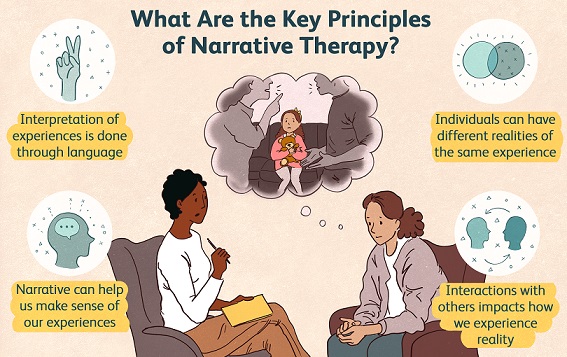Introduction
In the ever-evolving landscape of sexual education, one aspect that frequently goes unexplored is the profound impact of storytelling. While traditional methods of sexual education focus on the biological and physiological aspects, there is a growing recognition of the importance of narrative as a tool for teaching and understanding sexuality.
The Power of Narrative
Narratives have the unique ability to convey complex ideas, emotions, and experiences in a relatable and engaging manner. In the context of sexual education, storytelling can be used to explore the intricate interplay of emotions, relationships, and personal growth that accompany sexual experiences. By sharing stories – whether real or fictional – educators can provide students with a more comprehensive understanding of sexuality that extends beyond the physical aspects.
Emotional Intelligence and Education
An often-overlooked component of sexual education is emotional intelligence – the ability to recognize, understand, and manage our own emotions, as well as to recognize, understand, and influence the emotions of others. Through narratives, learners can witness and empathize with the emotional journeys of characters, gaining insights into the complexities of relationships and the importance of communication, consent, and emotional well-being in sexual contexts.
Diverse Perspectives in Intimate Narratives
One of the strengths of using narratives in sexual education is the ability to present a diverse range of experiences and perspectives. This inclusivity is crucial in a world where sexual experiences and identities vary greatly. Stories can encompass different cultural, socio-economic, and personal backgrounds, offering a broader understanding of human sexuality that respects and celebrates diversity.
Challenging Stigmas and Stereotypes
Narratives are also a powerful tool for challenging stereotypes and stigmas surrounding sexuality. Through storytelling, misconceptions can be addressed and corrected, providing a more accurate and respectful representation of various sexual identities and experiences. This approach fosters an environment of openness and acceptance, which is essential for effective sexual education.
The Art of Crafting Narratives
Creating educational narratives about sexuality requires a delicate balance. These stories should be honest and informative, yet sensitive and respectful. They should address the realities of sexual experiences while avoiding explicit or gratuitous content. The goal is to engage the reader emotionally and intellectually, prompting them to reflect on their own values, beliefs, and experiences. A great example of an emotional and character driven short story: Barnevakten. The story is in no means a perfect work, but it is actually really exciting and engaging as it builds up tension and expectations through the story and internal conflicts of the main character. Mind, the story is written in Norwegian.
Practical Applications of Narrative in Education
Case Studies and Real-Life Stories
Integrating real-life stories and case studies into sexual education can provide students with practical and relatable examples. These narratives can range from first-hand accounts of navigating relationships to stories about overcoming challenges related to sexual identity. Such stories not only educate but also offer students a chance to see reflections of their own experiences, fostering empathy and understanding.
Methodologies in Storytelling
Educators can employ various methodologies in narrative-based sexual education. This includes interactive storytelling, where students are encouraged to share their perspectives and reflections, role-playing scenarios to practice communication and consent, and analyzing literary works that deal with themes of love and sexuality. The key is to engage students in a dialogue, rather than presenting them as passive recipients of information.
Impact on Different Age Groups
The narrative approach in sexual education should be tailored to different age groups. For younger students, stories might focus more on themes like body positivity, respect, and healthy relationships. As students mature, narratives can delve into more complex topics like sexual identity, consent, and the emotional aspects of sexual experiences. The goal is to provide age-appropriate information that resonates with the students’ developmental stages.
Integrating Technology in Narrative-Based Education
With the advent of digital media, sexual education has new avenues for narrative storytelling. Podcasts, interactive websites, and digital storytelling platforms offer dynamic ways to engage students. These technologies can make learning more accessible and relatable, especially for digital-native generations.
Addressing Sensitive Topics
Narratives allow for a sensitive and nuanced exploration of topics that might be challenging to discuss. Through stories, educators can broach subjects like sexual abuse, coercion, and unhealthy relationships in a manner that is both informative and respectful. This approach can help in creating a safe space for discussion and learning.
Evaluating the Effectiveness of Narrative-Based Education
Assessing the impact of narrative methods in sexual education is crucial. This can be done through student feedback, analysis of engagement levels, and evaluating changes in students’ attitudes and understanding of sexuality. Research and case studies in this field can provide valuable insights into the efficacy of this approach.
